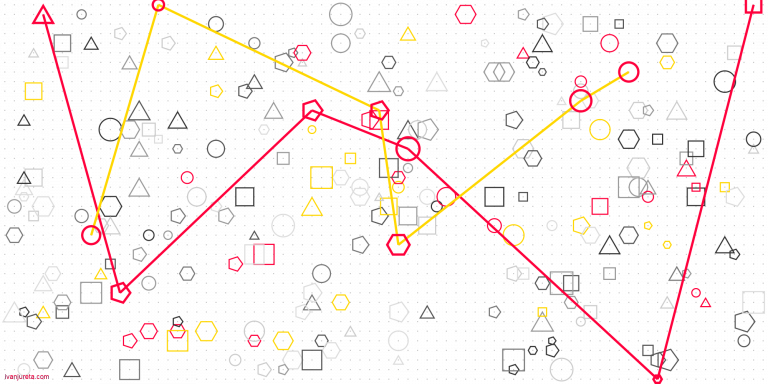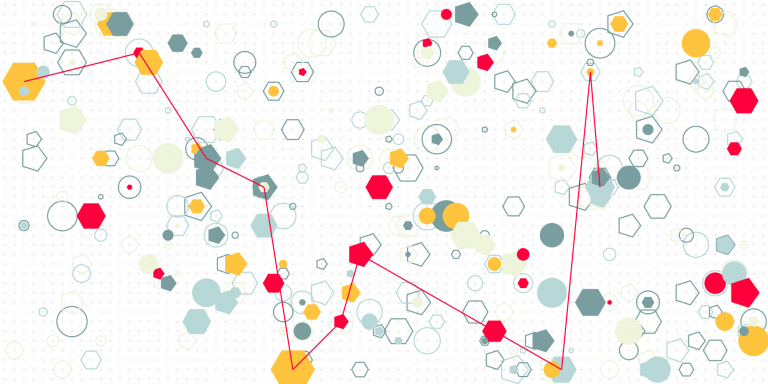No Knowledge is Simple


What do you think #Knowledge is, when we talk about #ai? pic.twitter.com/yeDOZeUIfA
— ivanjureta (@ivanjureta) January 28, 2018

Designing effective decision governance systems requires drawing on a wide range of academic disciplines, each of which provides valuable insights into different aspects of decision-making.

If competence shortens learning, then its value is proportional to the cost of learning, that is, of iterations that would have been needed to achieve the effects of competence, but without having access to it.

The Algorithmic Accountability Act of 2022, here, applies to systems that help make, or themselves make (or recommend) “critical decisions”. Determining if something is a “critical decision” determines if a system is subject to the Act or not. Hence the interest in the discussion, below, of the definition of “critical decision”. The Act defines a…
A pluripotent information system is an open and distributed information system that (i) automatically adapts at runtime to changing operating conditions, and (ii) satisfies both the requirements anticipated at development time, and those unanticipated before but relevant at runtime. Engineering pluripotency into an information system therefore responds to two recurring critical issues: (i) the need…